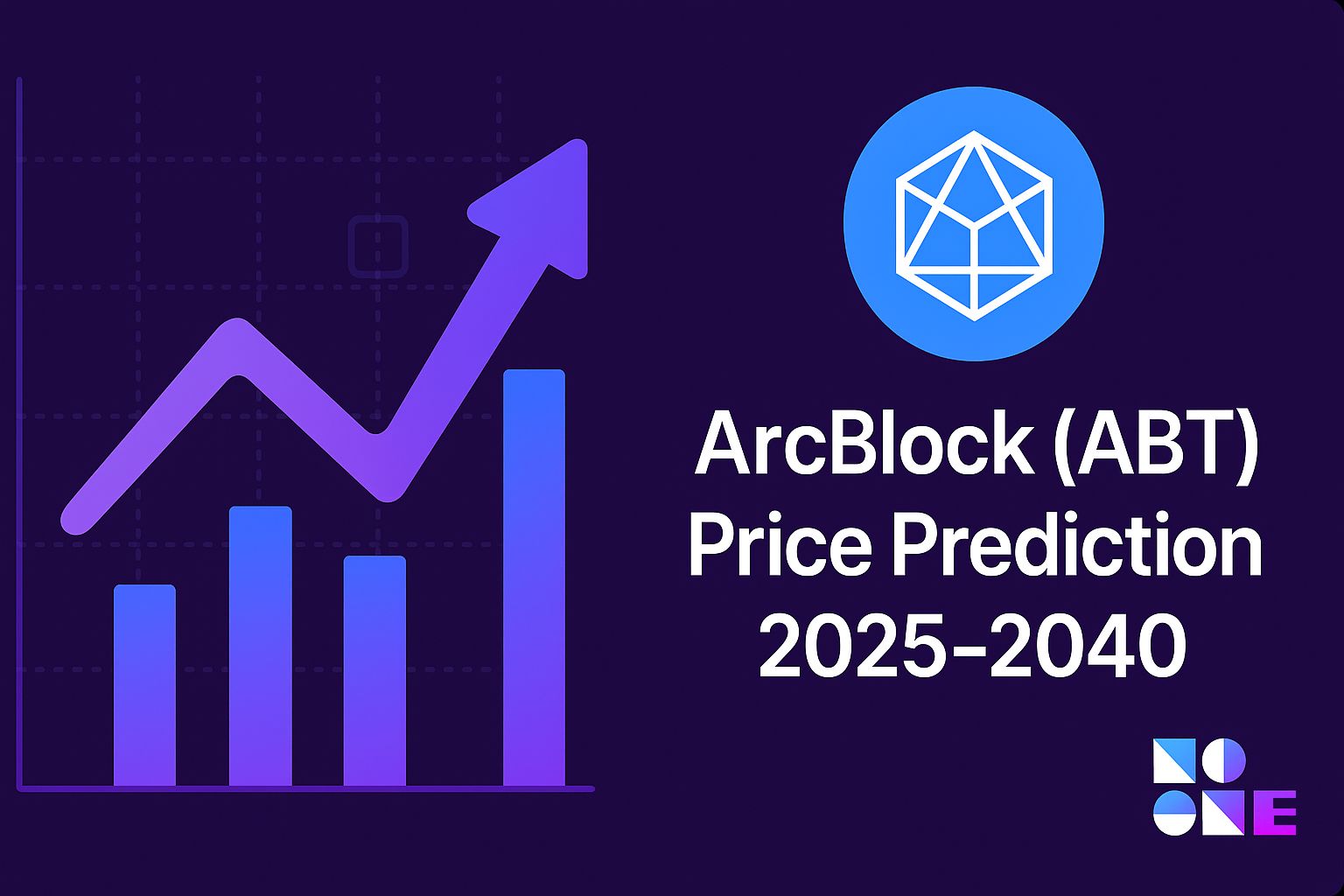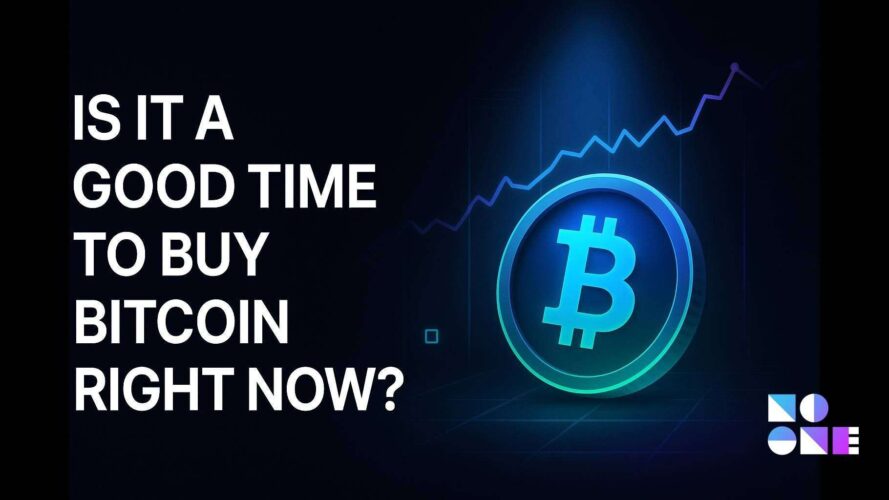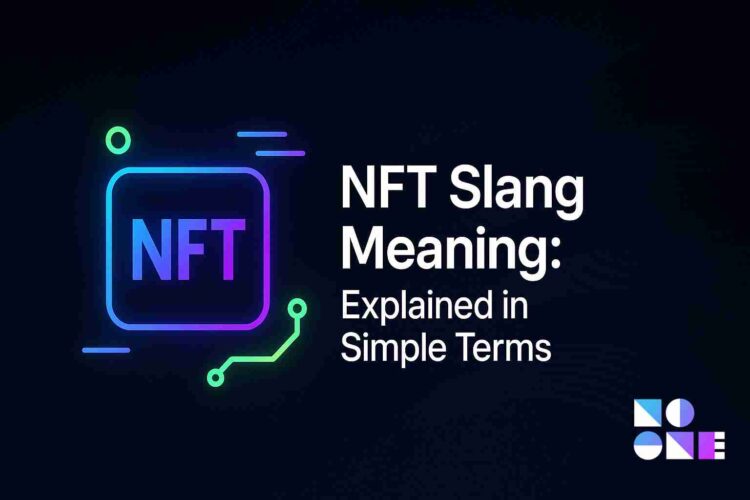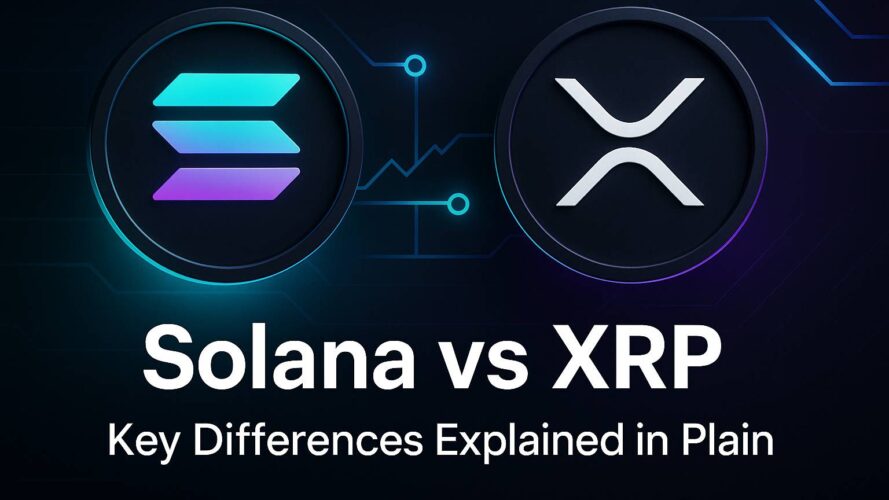ArcBlock (ABT) Price Prediction 2025–2040
Disclaimer: This article is for informational purposes only and does not constitute financial advice. Cryptocurrency markets are volatile and unpredictable. Always conduct your own research before making any investment decisions.
Introduction
ArcBlock (ABT) remains a project of interest in the Web3 and interoperability space. With renewed market momentum and evolving blockchain infrastructure trends, many are asking: where might ABT be headed over the next 15 years? In this piece, we’ll update its current valuation, review its fundamentals, and present a forward-looking price forecast for 2025, 2027, 2030, 2035, and 2040.
Secure your ArcBlock (ABT) from the start with Noone Wallet — a trusted non-custodial wallet supporting 1,000+ digital assets across multiple blockchains.
What Is ArcBlock (ABT)?
ArcBlock is a blockchain infrastructure project aiming to simplify dApp development, support cross-chain interoperability, and empower decentralized identity (DID) systems. Its architecture includes Blocklets, the Open Chain Access Protocol, and developer tools designed to bridge off-chain systems and blockchains.
ABT is the native token used for payments, governance, network operations, staking, and resource access within the ArcBlock ecosystem.
Key features include:
- Decentralized Identity (DID): Letting users own and manage their identity data.
- Blocklet Module System: Modular blockchain services that can interoperate.
- Interoperability Focus: Connecting to existing blockchains (Ethereum, Bitcoin, etc.).
- Developer Tools & SDKs: Enabling easier creation, deployment, and maintenance of blockchain applications.
ArcBlock’s success hinges on adoption of DID frameworks, demand for modular blockchain services, and competition from other infrastructure projects.
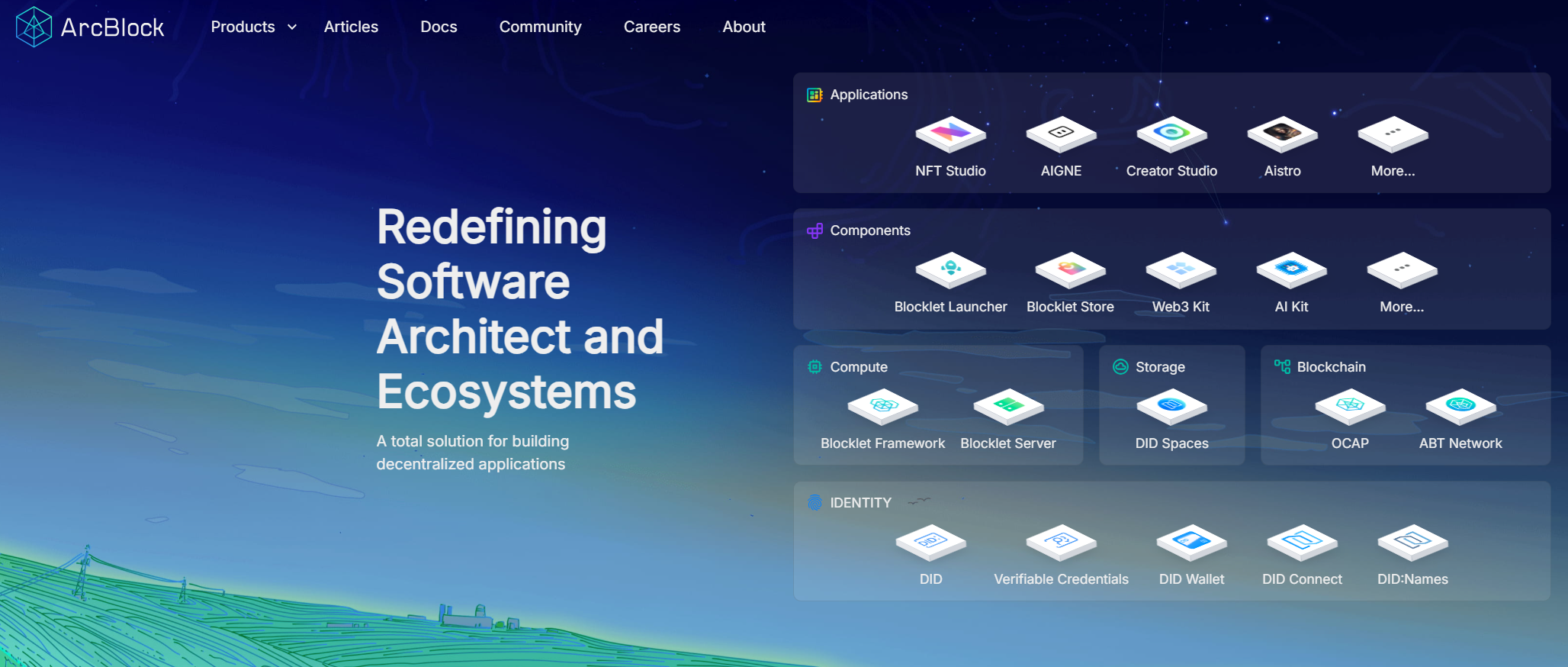
Price Forecasts: 2025 to 2040 (Rebased from $0.611)
Below is a revised projection table, using $0.611 as the baseline:
Year | Price Prediction | ROI (from $0.611) |
|---|---|---|
2025 | $0.85 | +39.1% |
2027 | $1.30 | +112.9% |
2030 | $2.50 | +308.0% |
2035 | $5.20 | +751.7% |
2040 | $9.00 | +1,373.3% |
2025
By the end of 2025, if adoption accelerates modestly and ArcBlock demonstrates utility in identity or interoperability use cases, ABT might approach $0.85. This assumes continued development, modest marketing, and some real-world integrations.
2027
By 2027, broader Web3 adoption and demand for DID solutions could lift ABT toward $1.30, especially if ArcBlock secures partnerships or becomes a recognized infrastructure layer.
2030
Entering the 2030s, with Web3 more mainstream and identity systems more critical, ABT might reach $2.50, on the condition that the platform remains competitive and continues growing its ecosystem.
2035
If ArcBlock becomes a foundational identity or interoperability layer by 2035, ABT could reach $5.20—a bullish scenario requiring sustained innovation, adoption, and network effect.
2040
Looking far ahead, a strong scenario has ABT reaching $9.00, assuming it maintains relevance, survives competition, and becomes deeply integrated into global Web3 infrastructure.

Historical Price Context & Trends
Knowing how ABT has behaved historically helps contextualize these forecasts.
Date | Price | Notes / Market Context |
|---|---|---|
May 2024 | ~$4.70 | All-time high, bullish market conditions |
Late 2024 / Early 2025 | ~$0.60–0.70 | Post-peak correction and consolidation |
2025 (current) | ~$0.611 | Relatively stable mid-cap valuation |
Previous cycles | $0.1–$1.0 | High volatility, especially in bear/bull transitions |
These patterns show that ABT has experienced extreme swings, especially in bull-market periods. Its current lower valuation gives room for upside if structural adoption occurs.
While past performance doesn’t guarantee future results, the possibility of wide swings suggests both higher risk and reward potential.
Risks & Considerations
- Competition: Many projects are working on interoperability, DID, and infrastructure. ArcBlock must stay differentiated.
- Liquidity & Market Depth: Low trading volume and fewer exchange listings can amplify price slippage.
- Adoption Barrier: Getting real-world entities to adopt DID and cross-chain modules is a slow, challenging process.
- Regulation & Security: Identity systems attract regulatory scrutiny; any vulnerability could damage trust.
- Technological Obsolescence: The blockchain space evolves rapidly—ArcBlock must innovate constantly.
FAQ
Is ABT undervalued at $0.611?
It may be, if ArcBlock can deliver meaningful adoption. But undervaluation alone does not guarantee upside — execution matters.
Could ABT fall instead of rising?
Yes. If competing projects gain dominance or if the team fails to execute, ABT could remain stagnant or decline.
When is the best entry point?
Timing is speculative. Incremental buying (dollar-cost averaging) might reduce risk, rather than investing all at once.
Could ABT reach $1 by 2027?
Yes — in the forecast table above, $1.30 by 2027 was projected, so $1 is plausible if growth is more conservative.
What’s the chance ABT reaches $9 by 2040?
That’s a high-end scenario contingent on strong adoption, consistent performance, and favorable macro trends. It’s not guaranteed.
Conclusion
Starting from a current price of $0.611, ArcBlock (ABT) has speculative upside if it can cement its role in identity, interoperability, and developer infrastructure.
The path to $0.85 in 2025 or $1.30 in 2027 is plausible under favorable conditions. The more ambitious targets of $5.20 by 2035 or $9.00 by 2040 represent optimistic scenarios in which ABT becomes a core Web3 component.
Of course, these forecasts depend heavily on execution, adoption, and broader trends in blockchain and identity systems. Use them as directional guidance, not guarantees. Always diversify, stay updated, and proceed with caution.
ArcBlock (ABT) is supported in Noone Wallet — buy, hold, and manage it securely while maintaining full control of your private keys.
